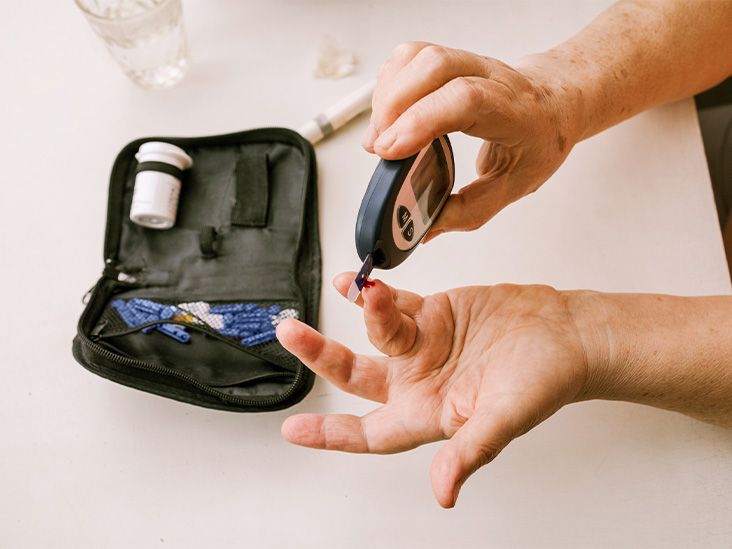Guided imagery is a relaxation technique that involves dwelling on a positive mental image or scene. It is a tool that psychotherapists use, but a person can also teach it to themselves and use it at any time.
This technique is sometimes called visualization, or guided meditation. There are many benefits to using guided imagery, such as reducing stress or improving a person’s sense of well-being.
People intentionally visualize peaceful scenarios or images. While one person might choose to visualize a pleasant scene, some individuals use other means, such as picturing white blood cells fighting illness and imagining the desired outcome.
Keep reading to learn more about the benefits and techniques of guided imagery, as well as a step-by-step guide on how to do it.

Guided imagery is a relaxation technique. People who try guided imagery might picture events, scenes, or other things that will cause feelings of relaxation and calm.
Relaxation techniques are generally safe for healthy people to use. The
- slower breathing
- lower blood pressure
- reduced heart rate
A few studies suggest the intervention may have the following benefits:
Relieves pain
Guided imagery can help distract someone from pain.
For example, arthritis and other rheumatoid diseases (AORD) typically involve pain and inflammation in the joints. Due to the side effects of drug treatment, many people with AORD might try psychosocial strategies, such as guided imagery to ease their pain. Some
Alleviates stress
Guided imagery may help relieve chronic stress, a problem that can have harmful effects on the brain and the body.
Another
More research is necessary to determine the effect of imagery on stress.
Reduces anxiety
Spending time in nature can reduce anxiety, but this might not always be accessible for everyone. Being mindful of this,
Helps with quitting smoking
Smoking is the
Quitlines refer to telephone counseling for people that want to stop smoking. Guided imagery for smoking cessation may focus on getting people to cope with their cravings and help them maintain their motivation.
More research into the value of guided imagery for the purpose of smoking cessation would be helpful.
Decreases depression symptoms
Intrusive negative mental images may be an important factor in the onset and continuance of depression. This raises the question of whether positive imagery may help, however, there is limited research suggesting that it might.
One
Improves quality of sleep
As an example, older adults facing surgery frequently experience poor sleep.
Another research study looking into the effect of a 30–minute guided imagery recording on people in a progressive care unit, found that the intervention did help relieve their insomnia.
The following are examples of guided imagery techniques:
- imagining a pleasant scene in a peaceful location to soothe anxiety or relieve stress
- imagining white blood cells fighting illness, such as an infection or cancer
- imagining a successful performance or outcome, such as in an athletic event or quitting smoking
A counselor or an audiotape can direct a person in these techniques. Alternatively, someone’s own thoughts can direct them.
A person may follow the steps below to try guided imagery:
- Sit or lie down in a comfortable place.
- Close the eyes.
- Take a few deep breaths so the body can start relaxing.
- Visualize a peaceful, calm setting, such as, a garden, lake, or somewhere by the sea.
- Picture the scene and add more details. Explore the scene with all other senses, for example, imagine birds chirping, the scent of flowers, and the warmth of the sun.
- Linger in the scene for a few minutes while trying to savor the calmness and sense of relaxation. A person can choose to stay in the scene for as long as they need to rejuvenate.
- Open the eyes and stretch gently to reenter the present. People should remember that they can return to the scene whenever.
The following are a few tips to help beginners:
- Choose a quiet place where there will be no interruptions.
- Turn off cell phones and TVs.
- When imagining a scene, try to engage the senses of vision, hearing, smell, and touch.
- A person may wish to shop around to choose a guided imagery tape to lead them through the process.
- Do not rush through the process.
Guided imagery is a relaxation technique that people may use to reduce stress and can increase their well-being.
It usually involves imagining peaceful scenes, events, or objects. Guided imagery should help stimulate the body’s natural relaxation response.
There are many benefits to incorporating guided imagery to stressful situations or in general life. Guided imagery can be easy to do. It starts with taking a few deep breaths to relax and then follows with the technique of choice.


